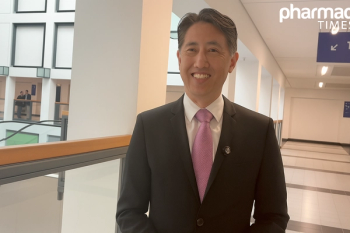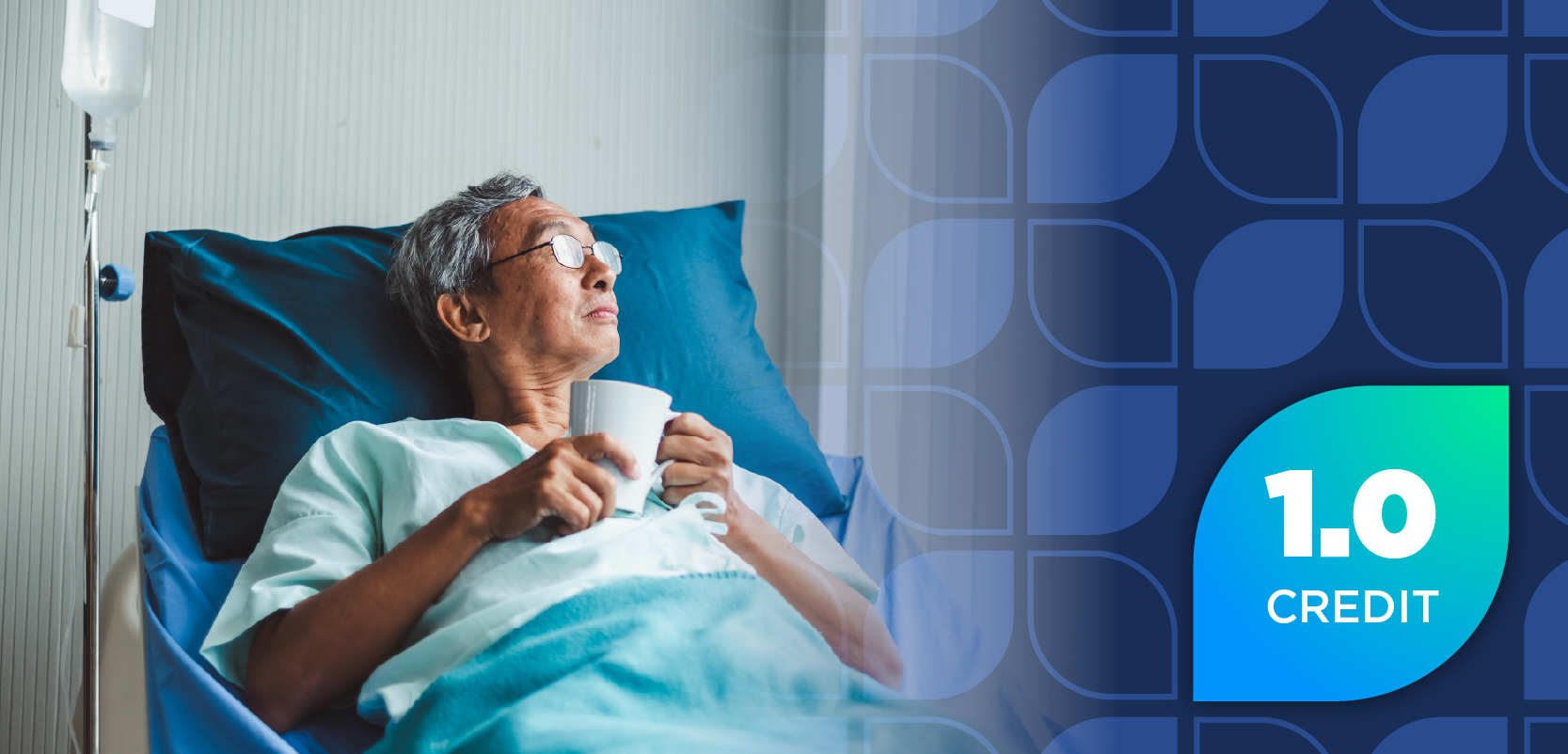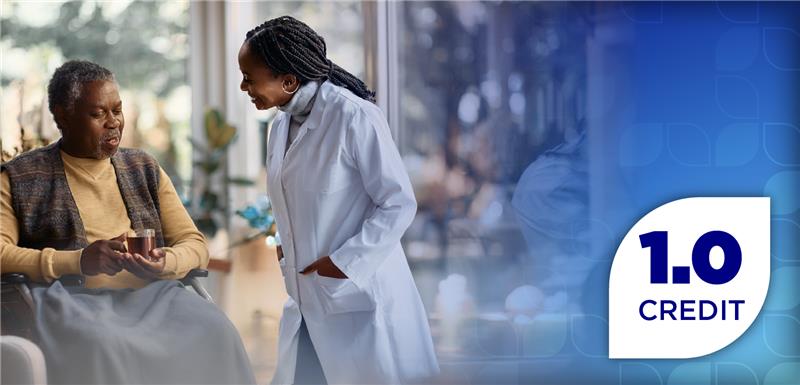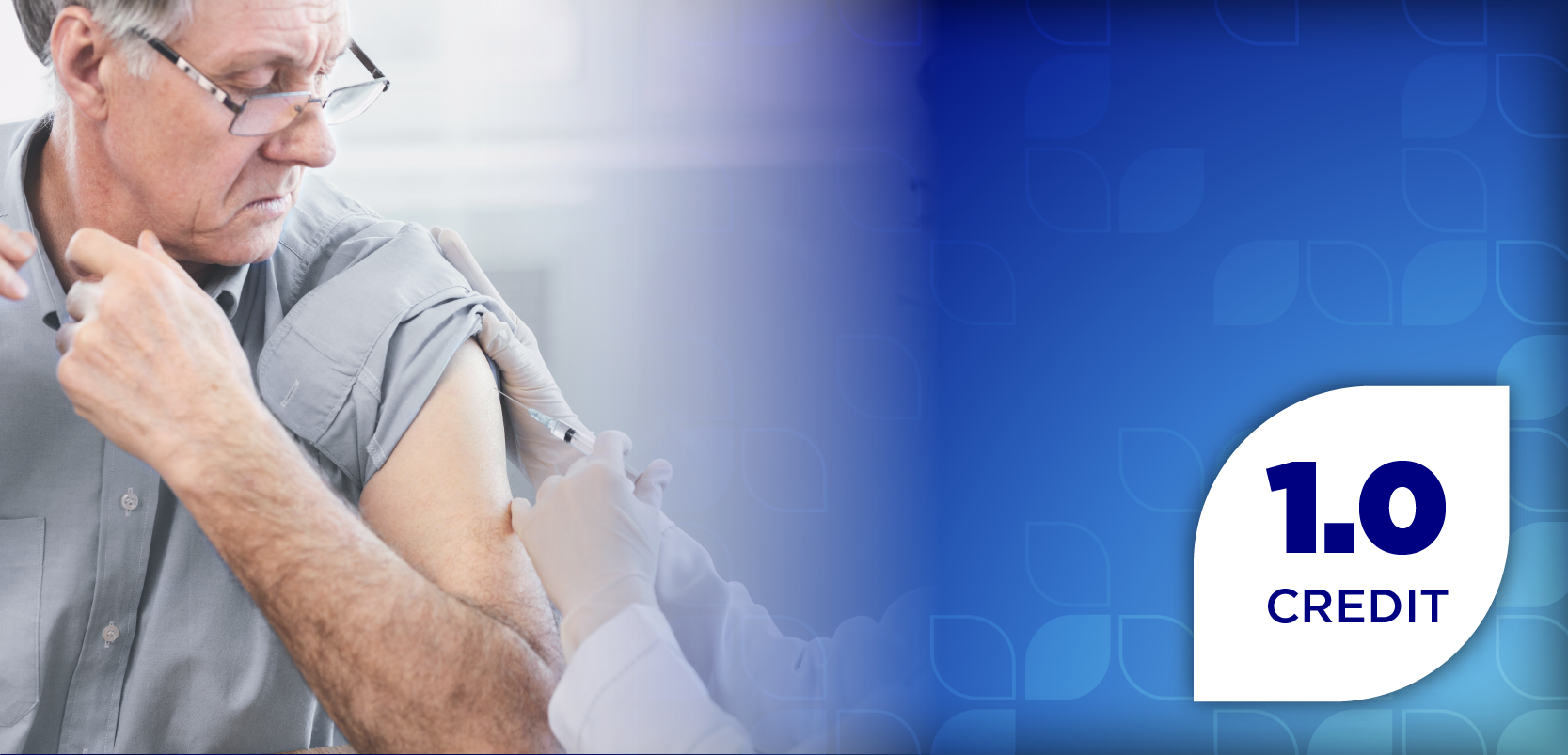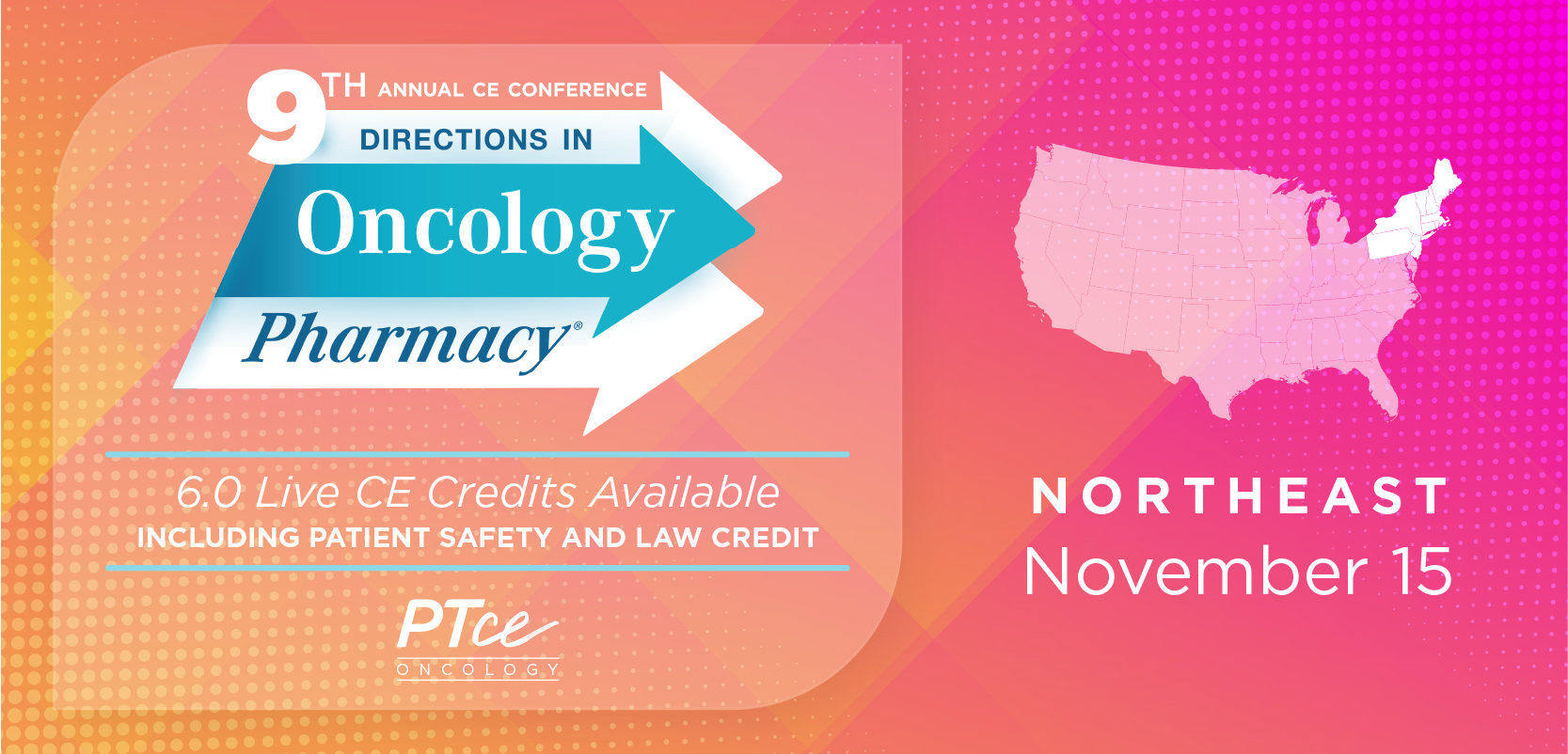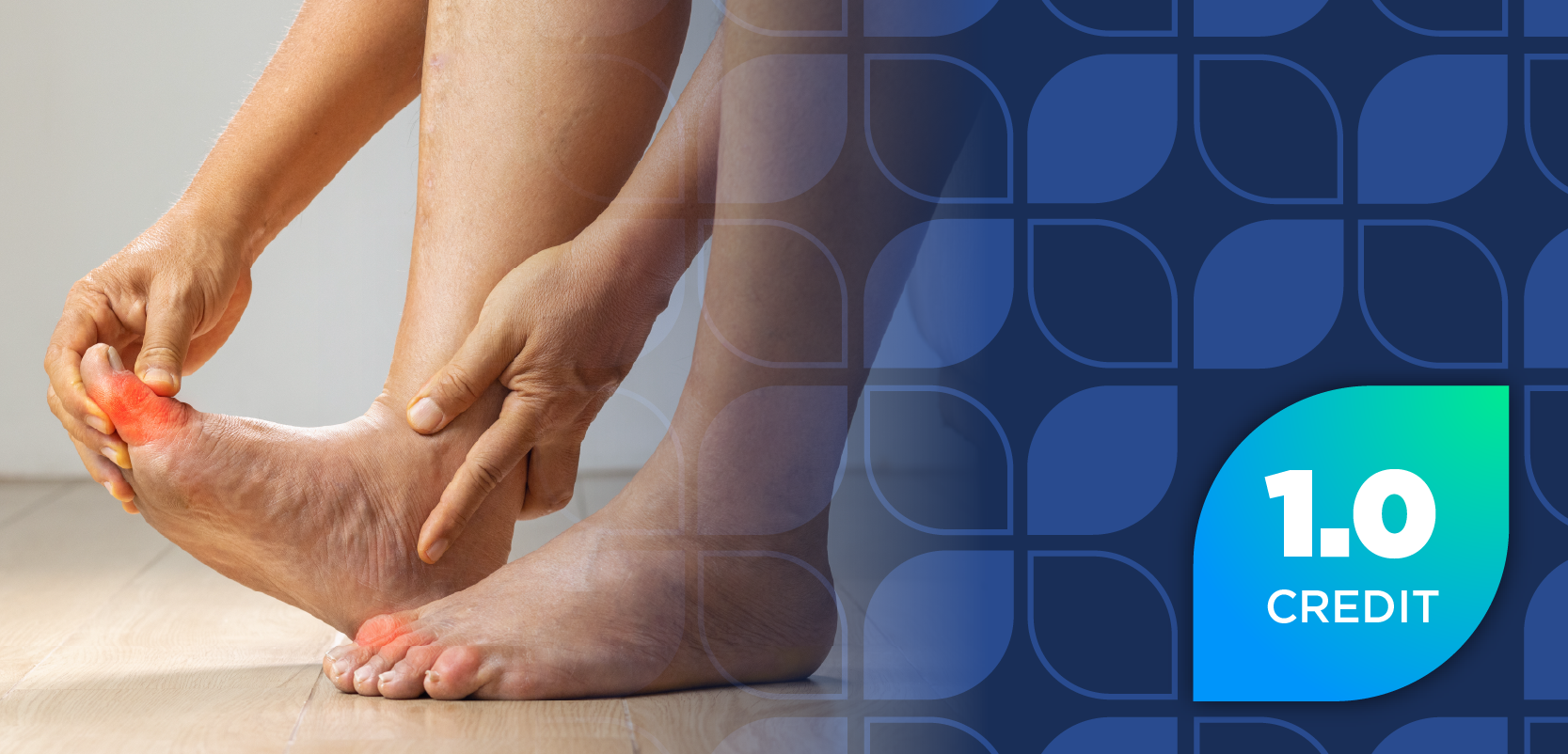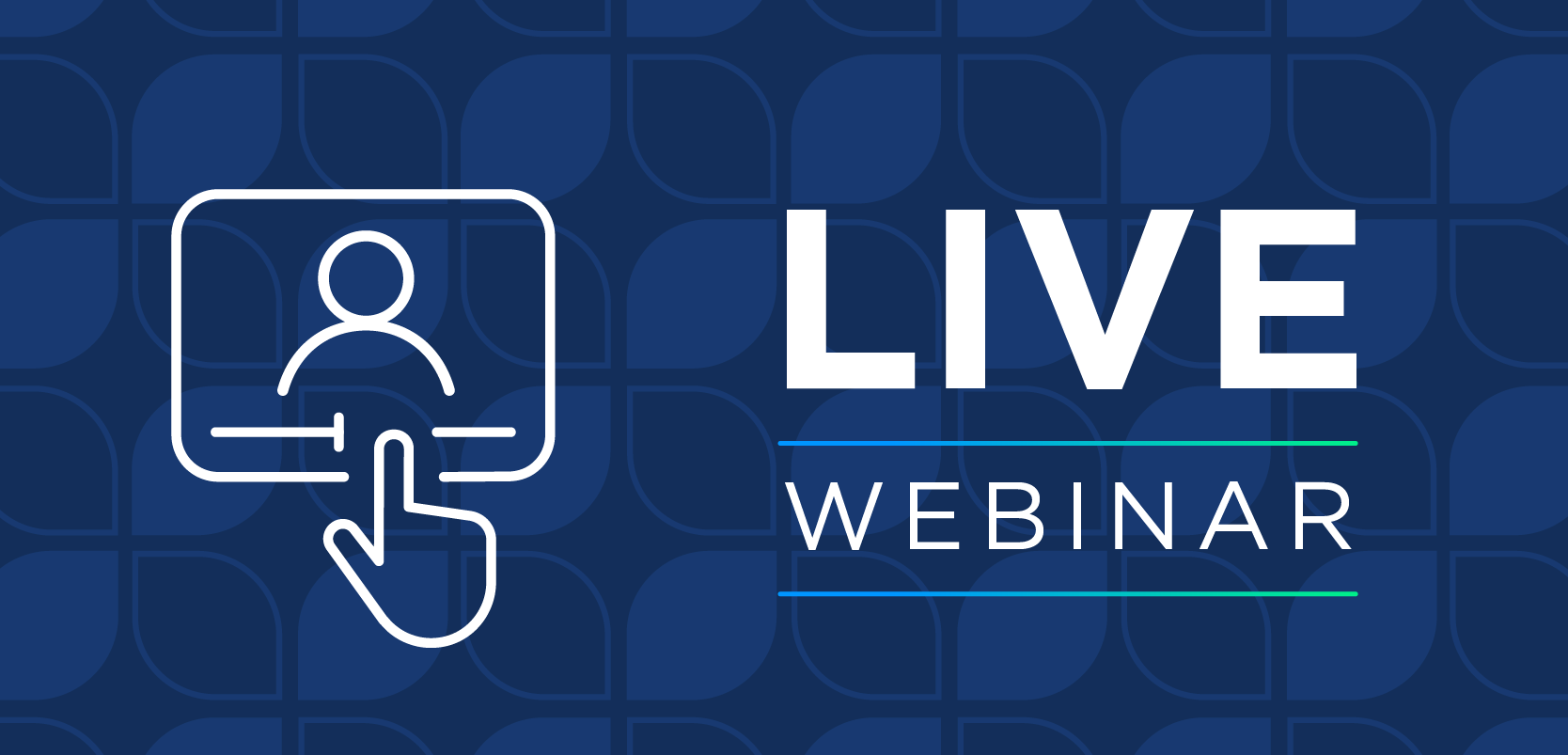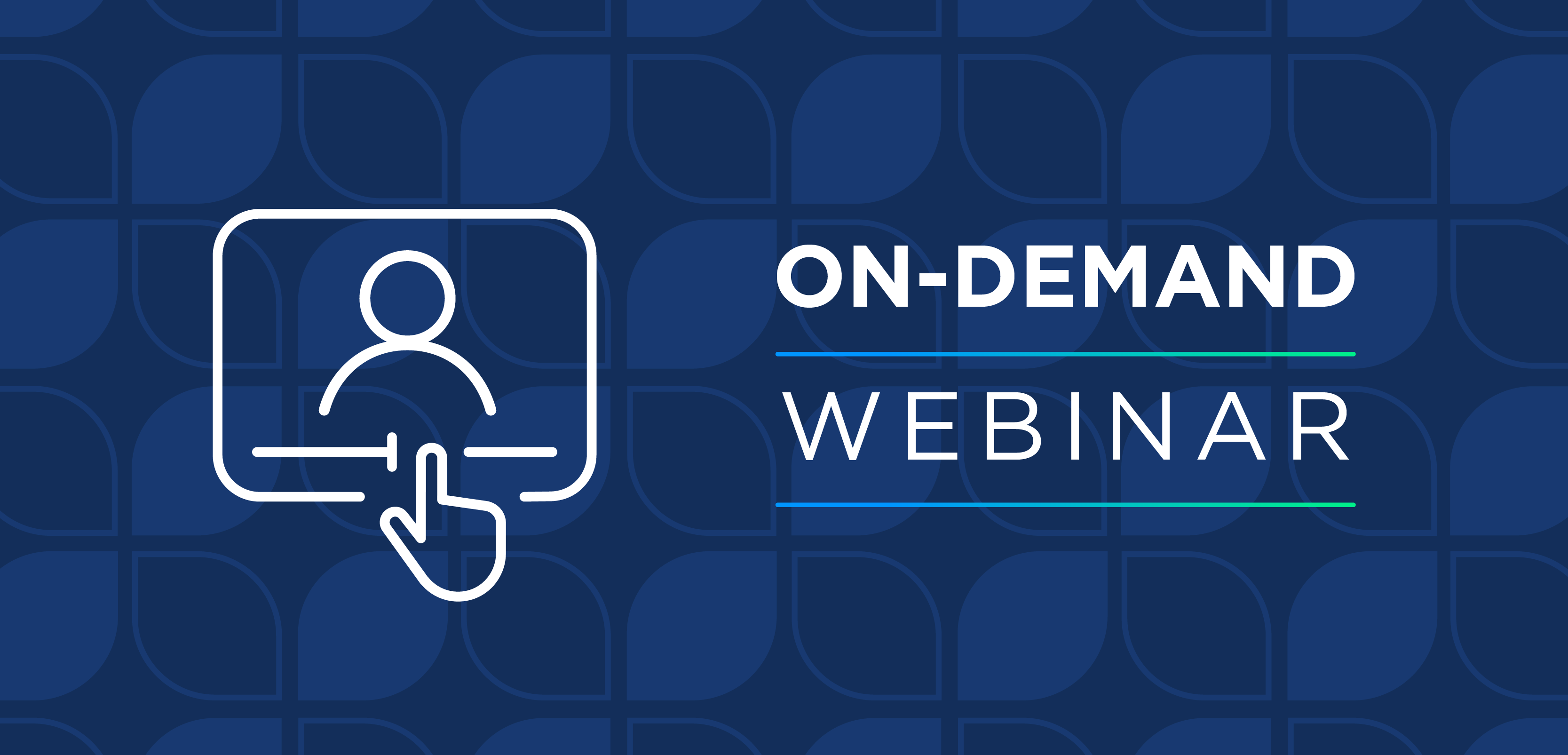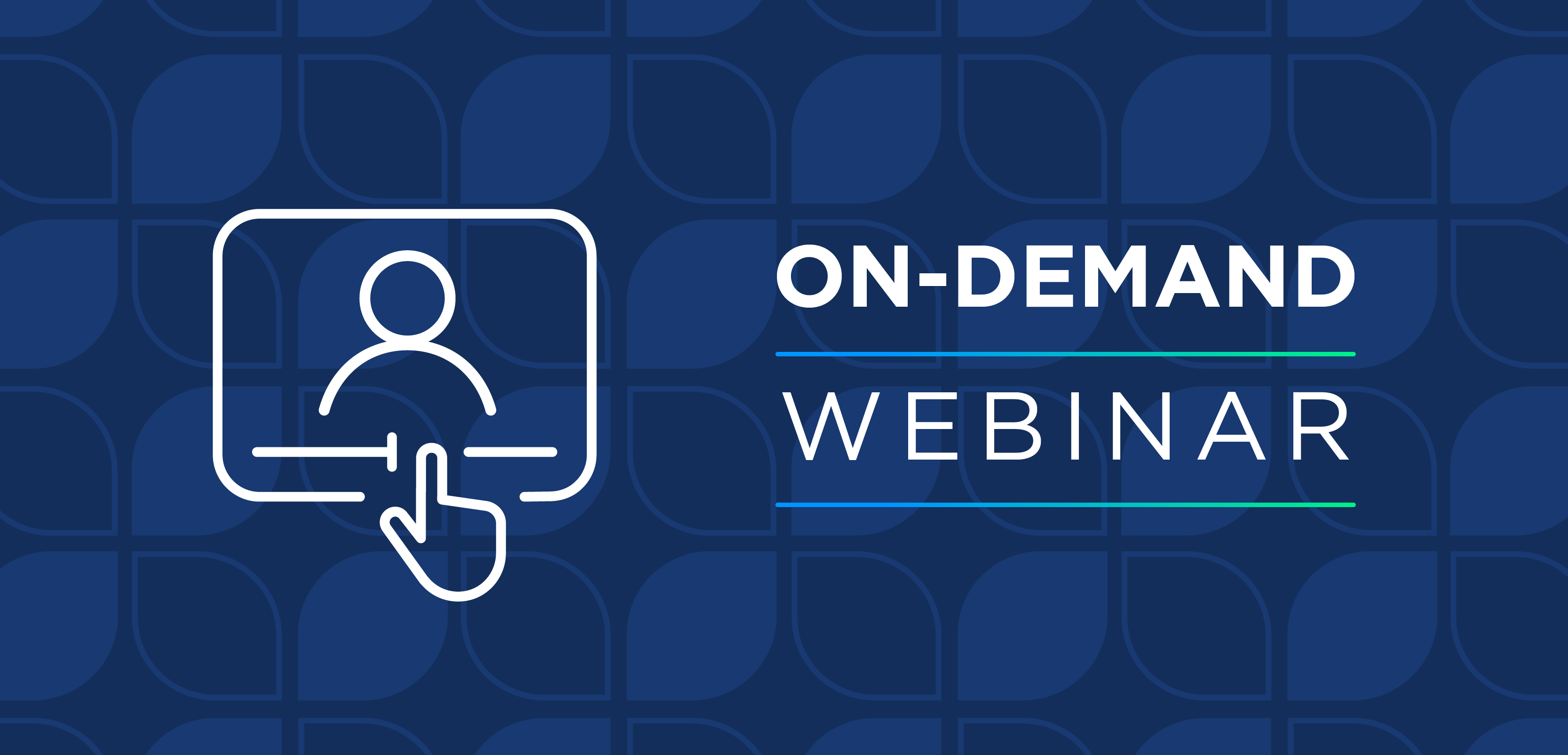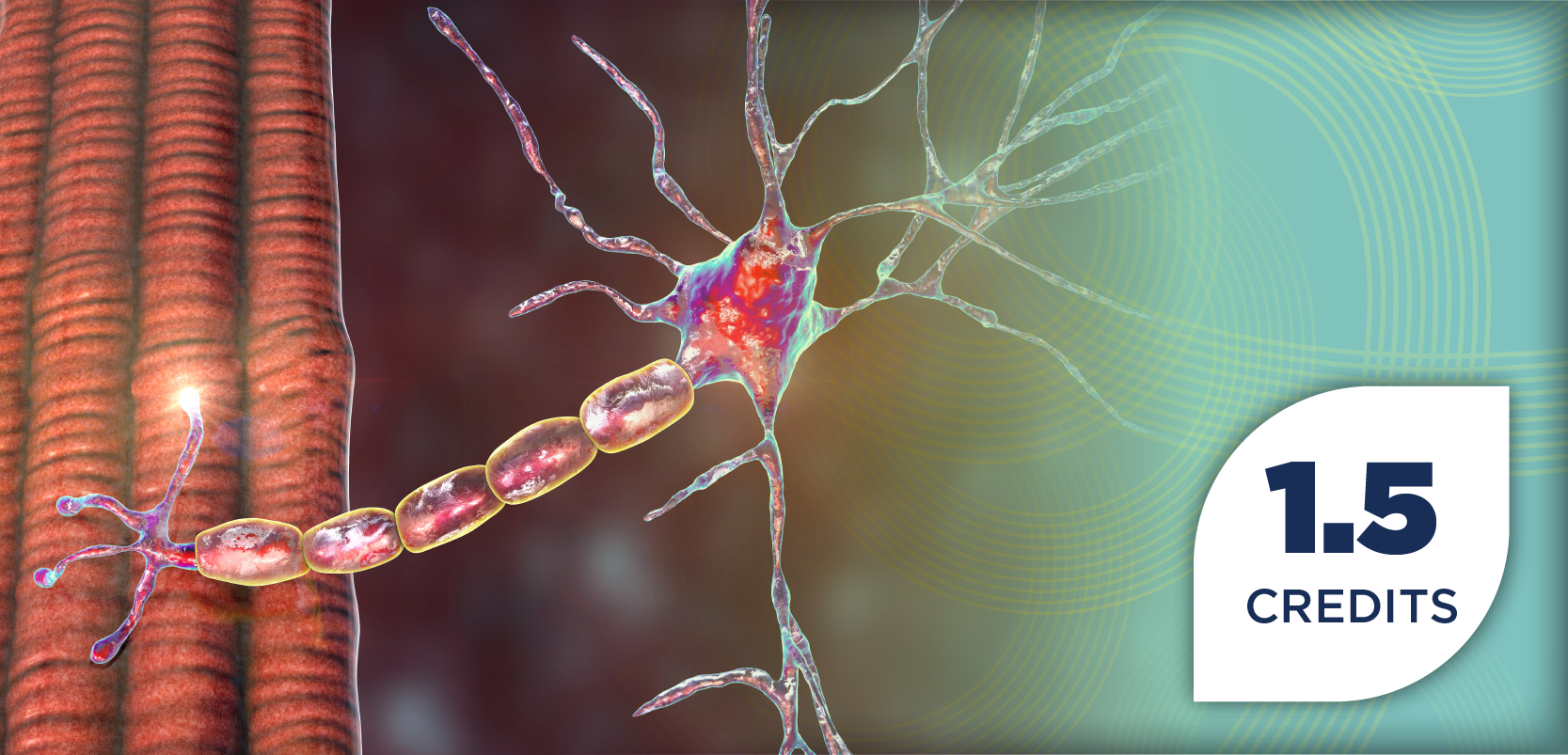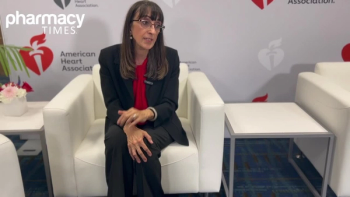
Optimizing Hypertension Management Through Early Combination Therapy
Expert highlights the benefits of early combination therapy in hypertension management, emphasizing improved blood pressure control and reduced side effects.
At the American Heart Association Scientific Sessions 2025 in New Orleans, Paul Whelton, MD, MSc, discussed the importance of initiating combination therapy early in hypertension management to achieve better blood pressure control. He explained that clinicians often underestimate how much blood pressure must be reduced, noting that untreated hypertensive patients in the U.S. have a mean systolic blood pressure of 146 mm Hg, while treated patients average 130 mm Hg. To achieve optimal control in most patients, the mean should fall below 120 mm Hg—requiring reductions of approximately 25 mm Hg for untreated and 10 mm Hg for treated individuals. Whelton emphasized that most antihypertensive benefit occurs at low doses and that adding agents from different classes yields greater reductions with minimal side effects.
Pharmacy Times: This study followed patients with mild-to-moderate hypertension for a full year using a low-dose triple combination of telmisartan, amlodipine, and indapamide. From a practical standpoint, how might this single-pill approach simplify hypertension management, and what key counseling or adherence points should pharmacists emphasize for patients newly starting WIDAPLIK?
Paul Whelton, MD, MSc: Yeah. Well, two things we know are that clinicians generally underestimate the amount of blood pressure they have to lower when treating patients with high blood pressure. We know, for instance, that in the U.S., those who have untreated hypertension have a mean systolic blood pressure of 146 mm Hg. For those who have been treated, the mean is 130 mm Hg.
Now, if the mean represents 50% below and 50% above that level, then to have 70–80% control of patients at 130 mm Hg—which is the recommended goal—the mean would need to be below 120 mm Hg. So, for untreated hypertensives in the U.S., on average, you need at least a 25 mm Hg reduction, and more than that in many people. For those who are being treated, on average, they need an additional 10 mm Hg of reduction. You don’t get that with a single pill, especially for a 25 mm Hg reduction.
The other thing we know is that with these pills, most of the blood pressure effect occurs at low doses. There’s very little benefit going from a quarter dose to a half dose to a full dose. In a recent meta-analysis, the difference was about 2 mm Hg when going from the lowest to the highest dose. In contrast, when you add agents from different classes that are logical additions, you get large blood pressure reductions. Going from monotherapy versus placebo yields about a 9/6 mm Hg reduction, dual therapy yields about a 15 mm Hg systolic reduction, and triple therapy yields even more.
When you start with triple therapy, you have a good chance of controlling a patient on one pill at low doses, with virtually no or very few side effects—because side effects, unlike blood pressure reduction, are dose-related. At low doses, you don’t see many side effects, and it’s very safe to combine these agents. It’s a very logical approach.
Now, we used to do this in the old days. When I started my career, we did triple therapy all the time. There was a pill called Serapis. Then trials started to come out, like SHEP and others, that said we were doing it the wrong way—that we should start with one drug, go to full doses, and then add a second, the so-called “step” approach. We now know that was a mistake. It’s actually much better to start with combination therapy.
We generally say in our guidelines now that combination therapy should be the norm for most new-onset hypertensives, and monotherapy is only for very special cases where someone’s blood pressure is very close to the cut point for the definition of hypertension. Dual therapies are very good, and triple therapies are even better. It’s a very effective way to control blood pressure.
The most common issue is that blood pressure is undercontrolled or undertreated, even when treated, and people have great fear of side effects. When using single-pill combinations at low doses, you have very few side effects, so there’s no need to be afraid of them. The benefit accrues to the patient. When we don’t treat patients adequately, we’re doing them a disservice, because they’re not receiving the benefits of treatment—which we know to be very dramatic.
Newsletter
Stay informed on drug updates, treatment guidelines, and pharmacy practice trends—subscribe to Pharmacy Times for weekly clinical insights.

